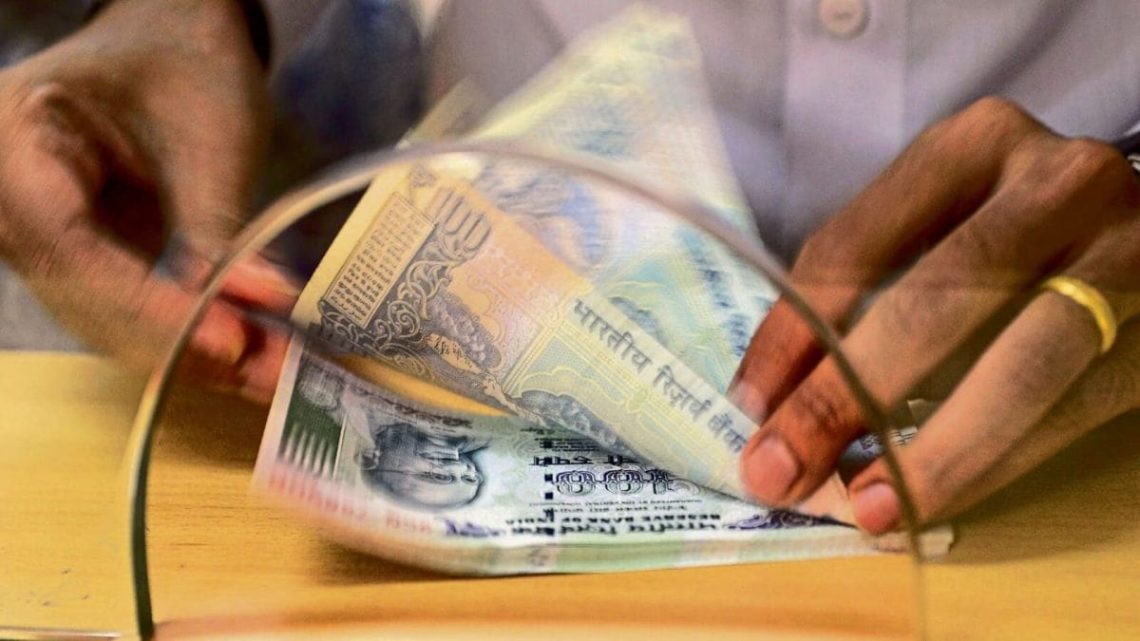The government of India recently approved the formation of the 8th Pay Commission, announcing that it would announced submit its report by the end of this year.
Despite there being a long time before the report’s suggestions on salary increments are declared, there is speculation over the salary hike for the central government employees.
According to the latest media reports, employees may see much more moderate salary hikes between 10-30 per cent against expectation of a massive 186 per cent increment.
For the 8th Pay Commission, it was widely anticipated that the fitment factor will increase to 2.86, which could raise the minimum basic pay to Rs 51,480– a remarkable increase of 186 per cent from the current Rs 18,000.
The fitment factor is a multiplier used to calculate the new salary based on the current basic pay in the revised Pay Matrix.
Subhash Chandra Garg, former finance secretary of India, recently said in an interview with News24 that the National Council of Joint Consultative Machinery “can ask for the moon. Fitment factor of 2.86 per cent is asking for the moon, which is impossible to get.”
He said that to determine the fitment factor, the pay commission will consider the basic pay plus Dearness Allowance (DA) as of January 1, 2026.
As of July 1, 2024, the DA is 53 per cent. To calculate the DA until January 1, 2026, two additional installments need to be factored in: one due on January 1, 2025, and another on July 1, 2025. Assuming a 7 per cent increase, the DA for January 1, 2026, is expected to be approximately 60 per cent, according to Garg.
“With the starting factor of 1.6, the next step is to determine the percentage increase. Usually, pay commissions have recommended increases ranging from 15 per cent to 30 per cent. The previous pay commission recommended an increase of around 14-15 per cent. In my assessment, the additional fitment factor to be applied to the base factor of 1.6 is likely to range between 10-30 per cent,” Garg opined.
He said that taking 20 per cent of the base factor 1.6 or 160, we get 32. Adding 32 to 160 results in a revised fitment factor of 192 or 1.92.
“If we assume a more generous 30 per cent increase, the calculation would be: 30 per cent of 160 is 48. Adding this to the base factor, we get 208, or a revised fitment factor of 2.08. So, the actual fitment factor is likely to be between 1.92-2.08,” he said.
Under the 7th Pay Commission, the fitment factor was established at 2.57, raising the minimum basic pay from Rs 7,000 to Rs 18,000, News18 reported.
It will be a while before the 8th Pay Commission submits its report. In fact, the current 7th Pay Commission’s tenure will last till the end of calendar year 2025.
The 8th Pay Commission will be implemented starting January 1, 2026.
The central government typically constitutes a pay commission every 10 years.
Central government pensioners will also receive higher pension with effect from January 2026.
Link to article –
Under 8th pay commission, central govt staff likely to receive up to 30% hike: Report

